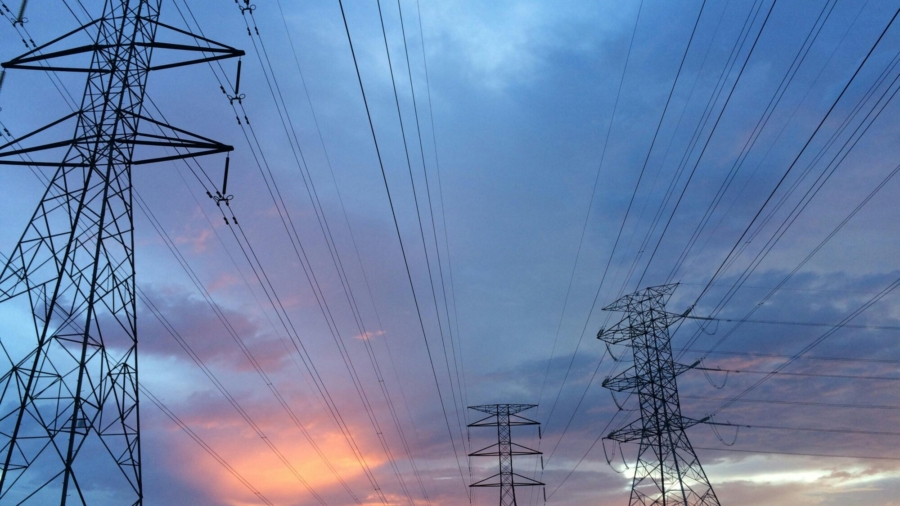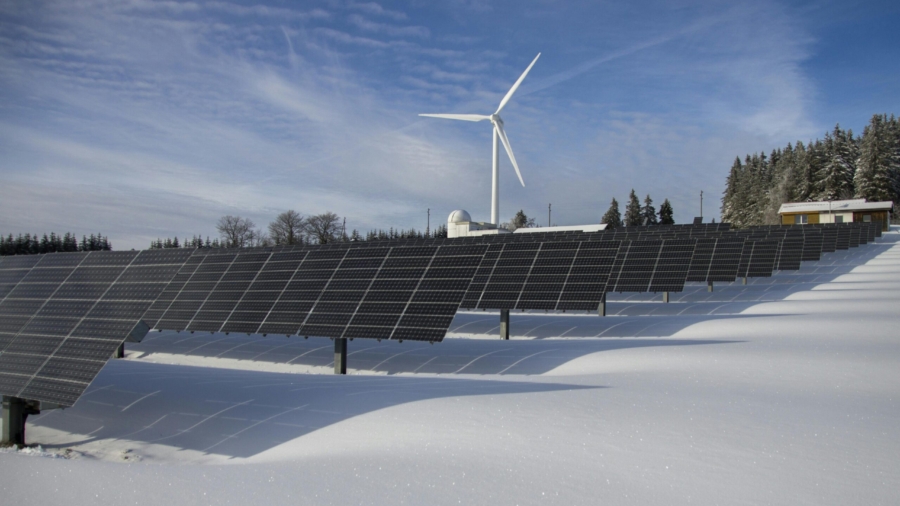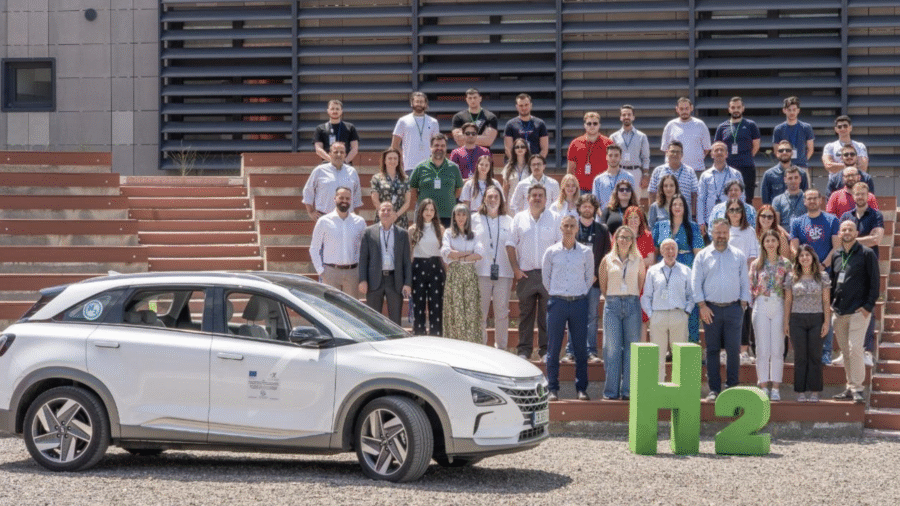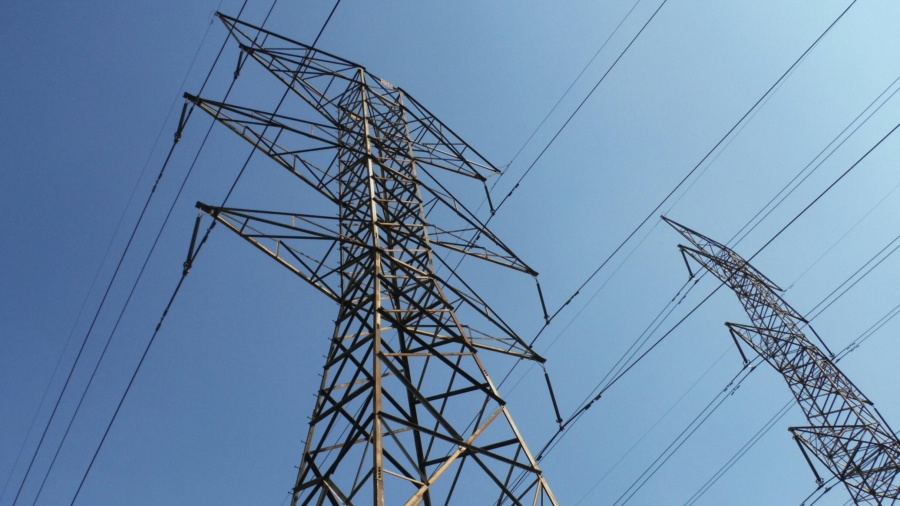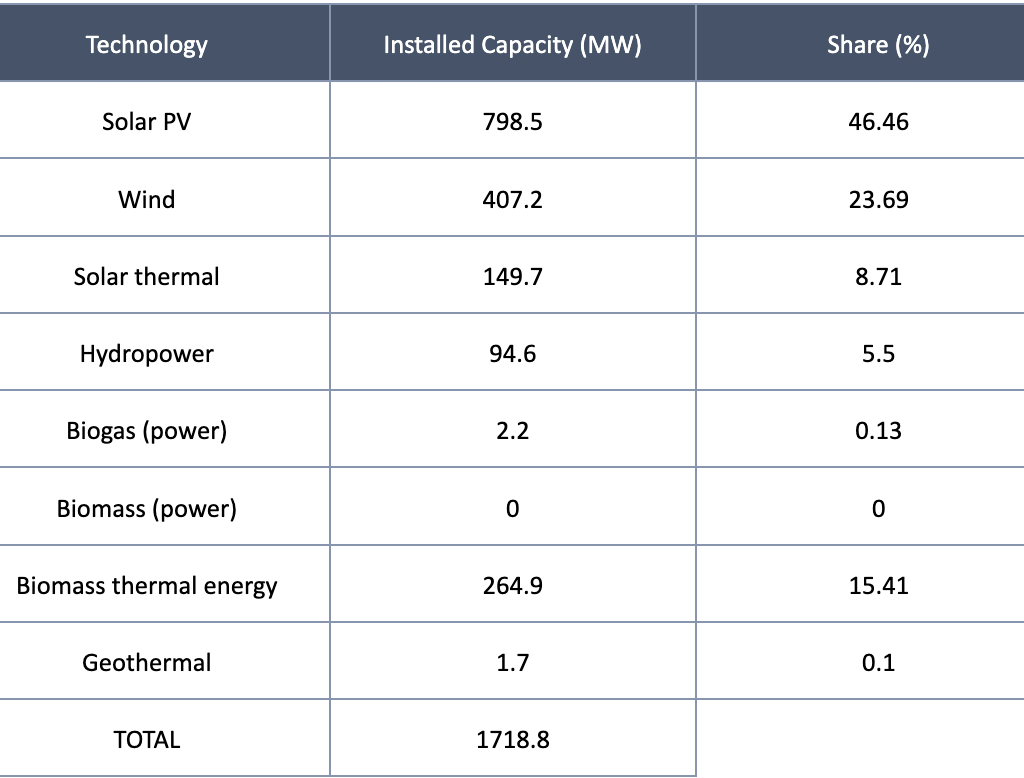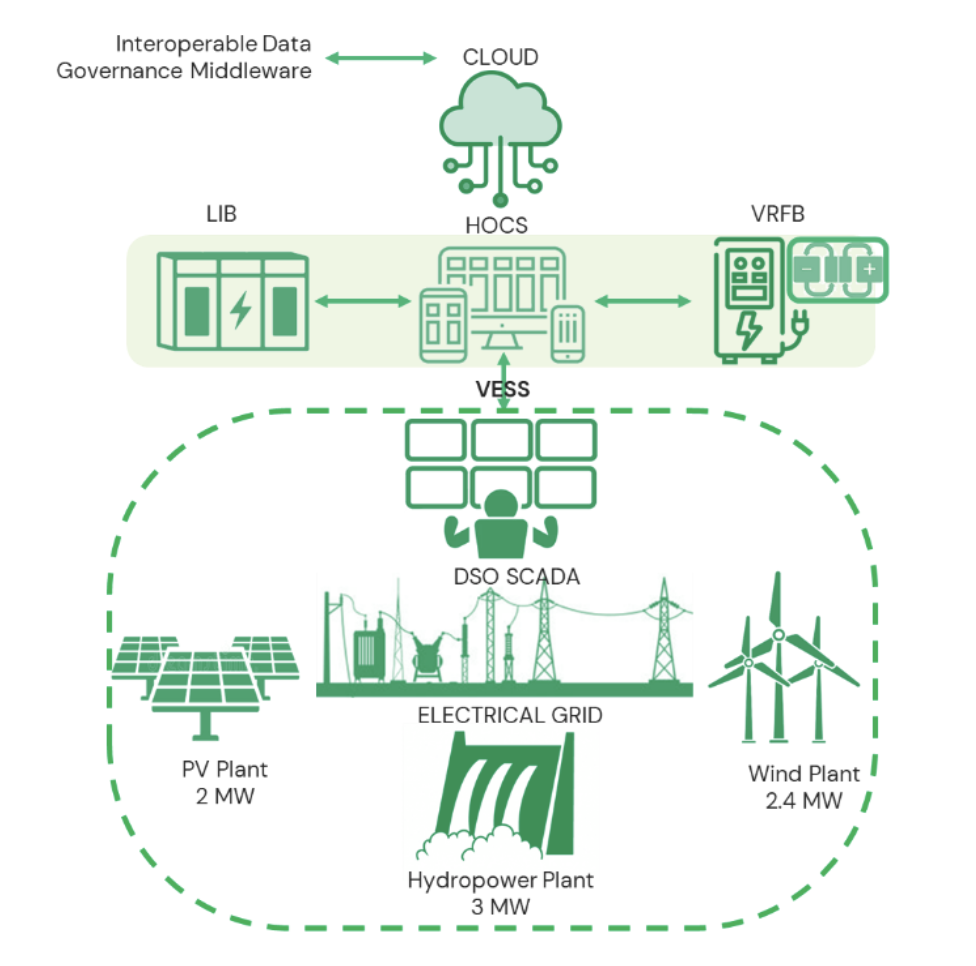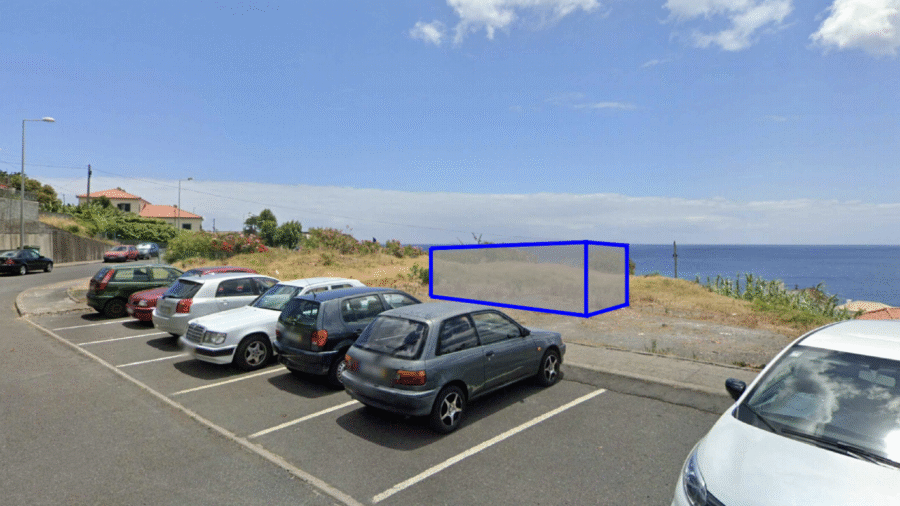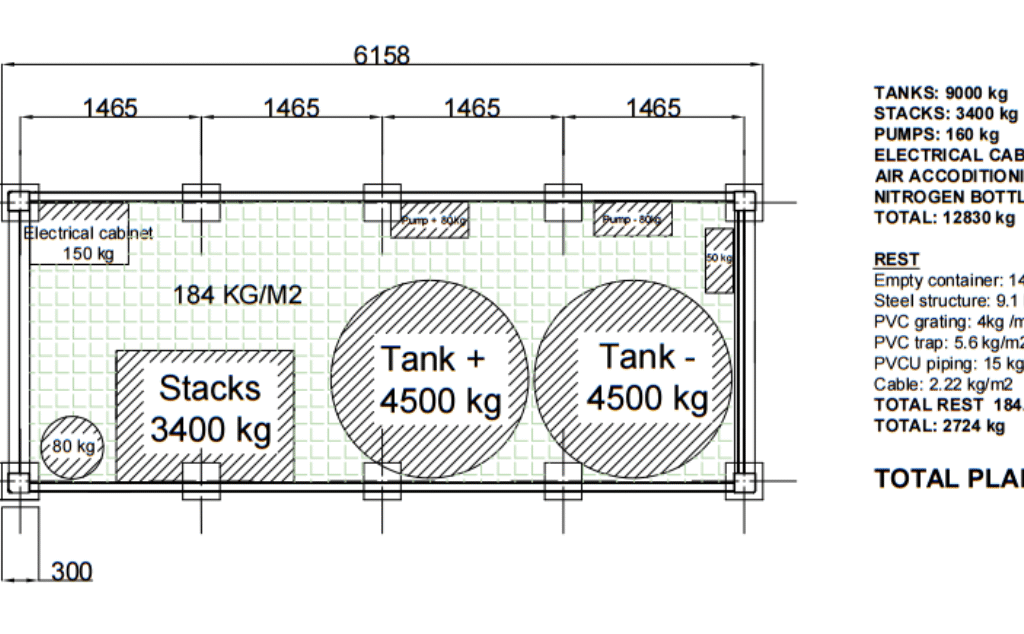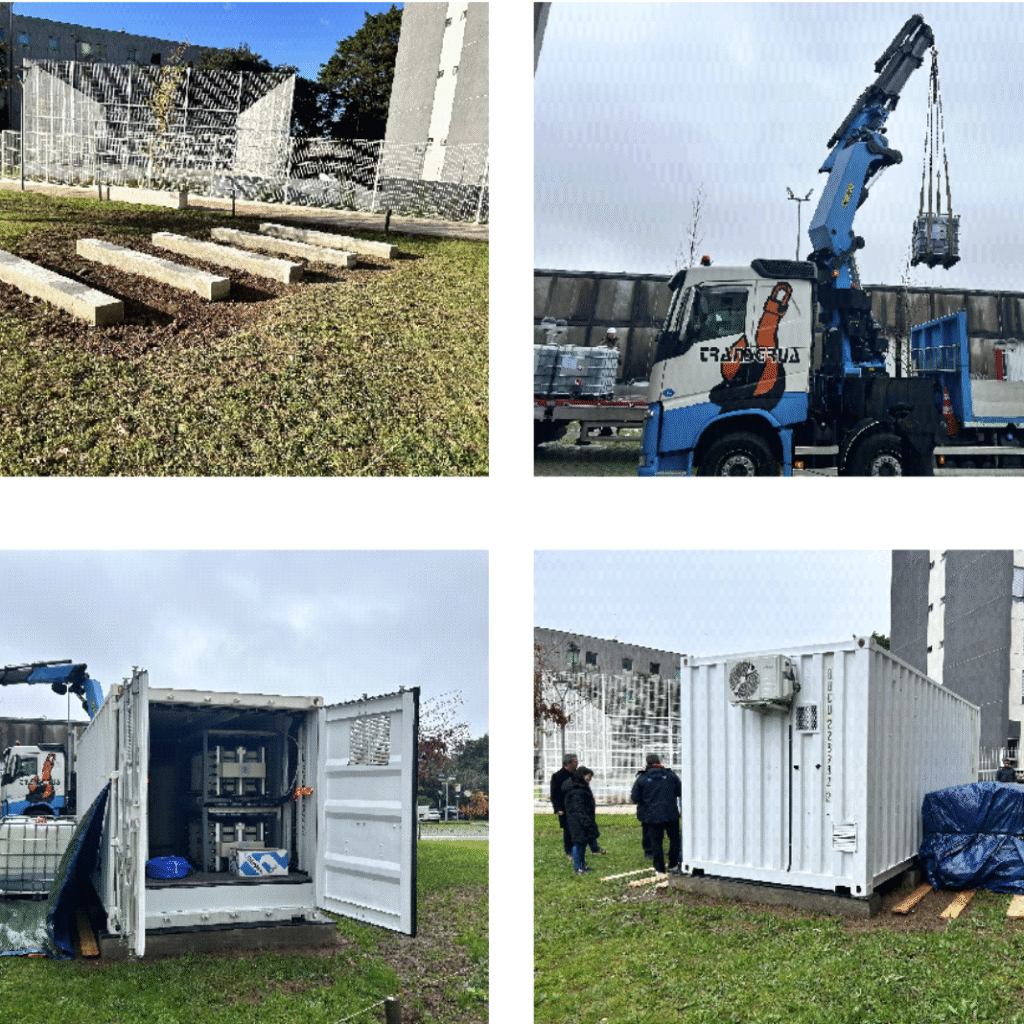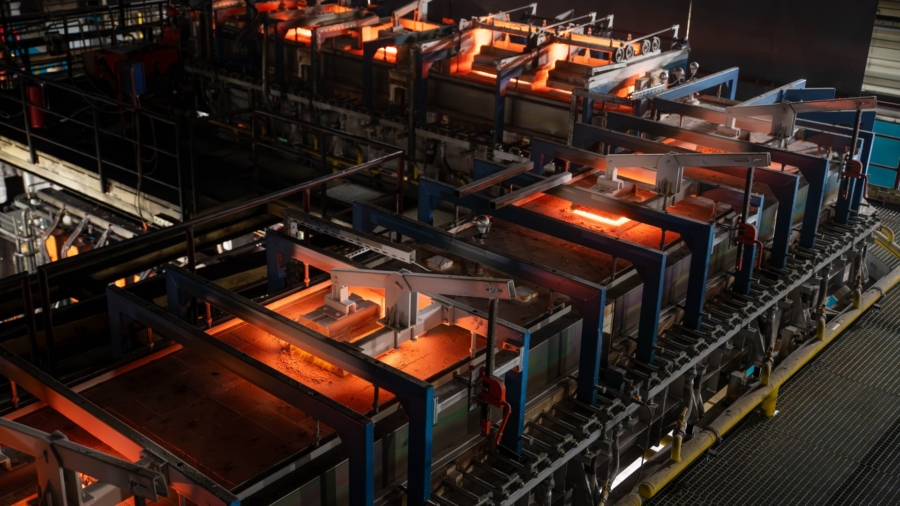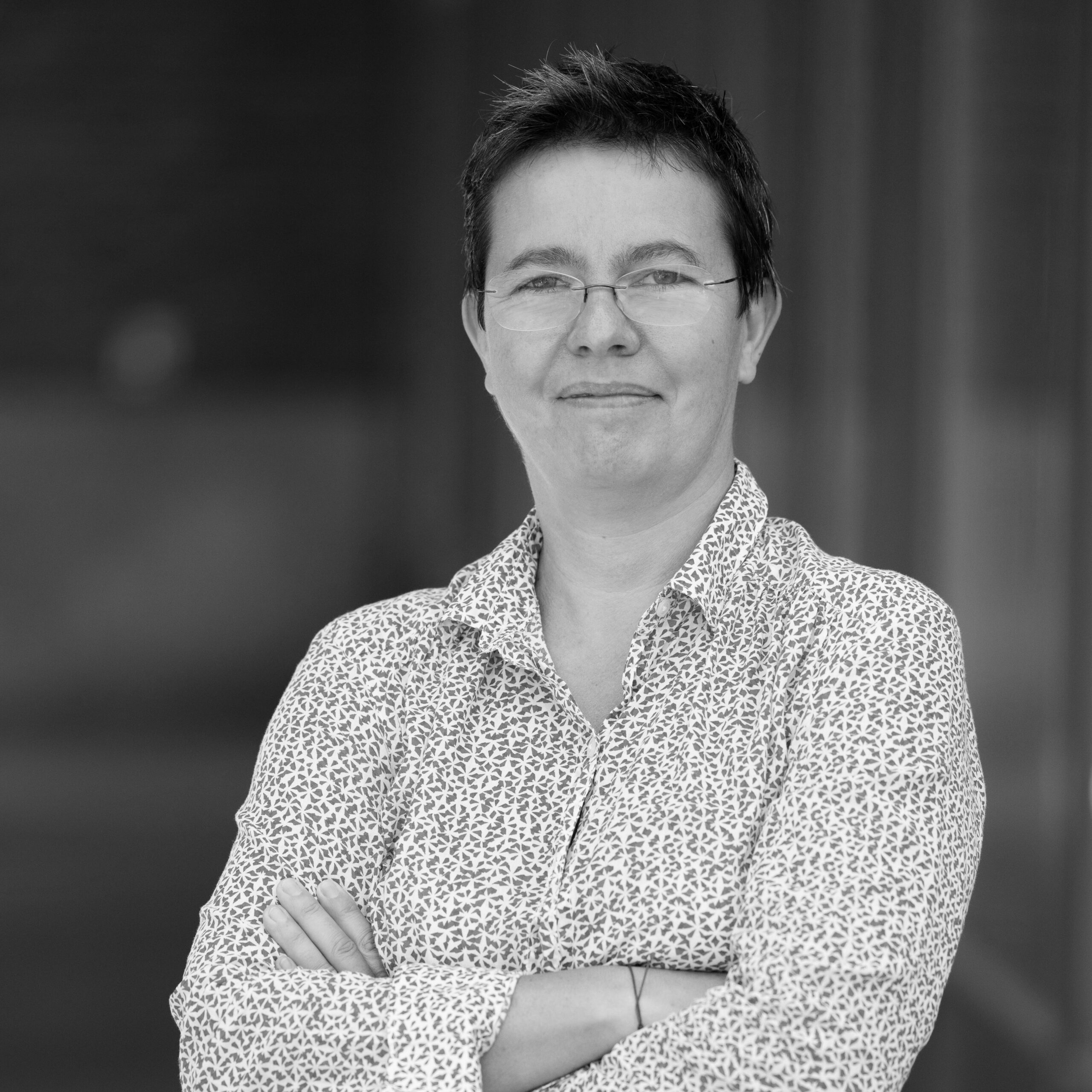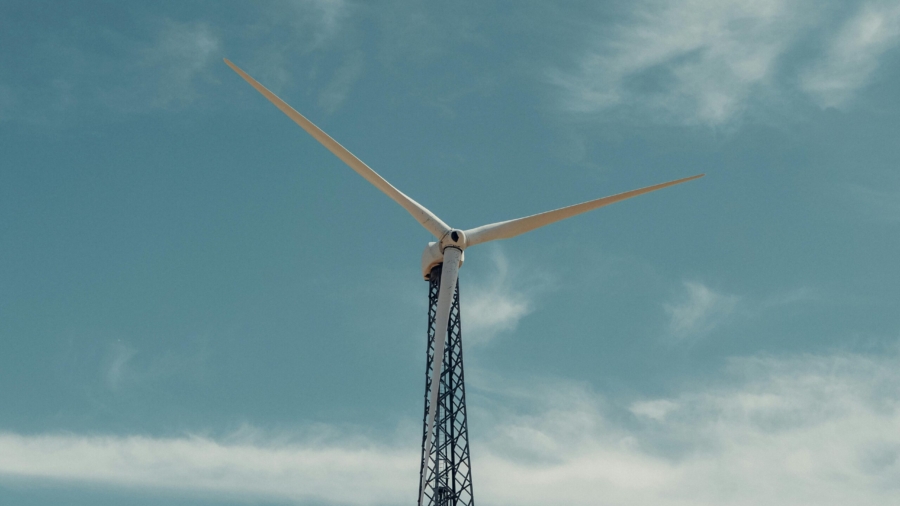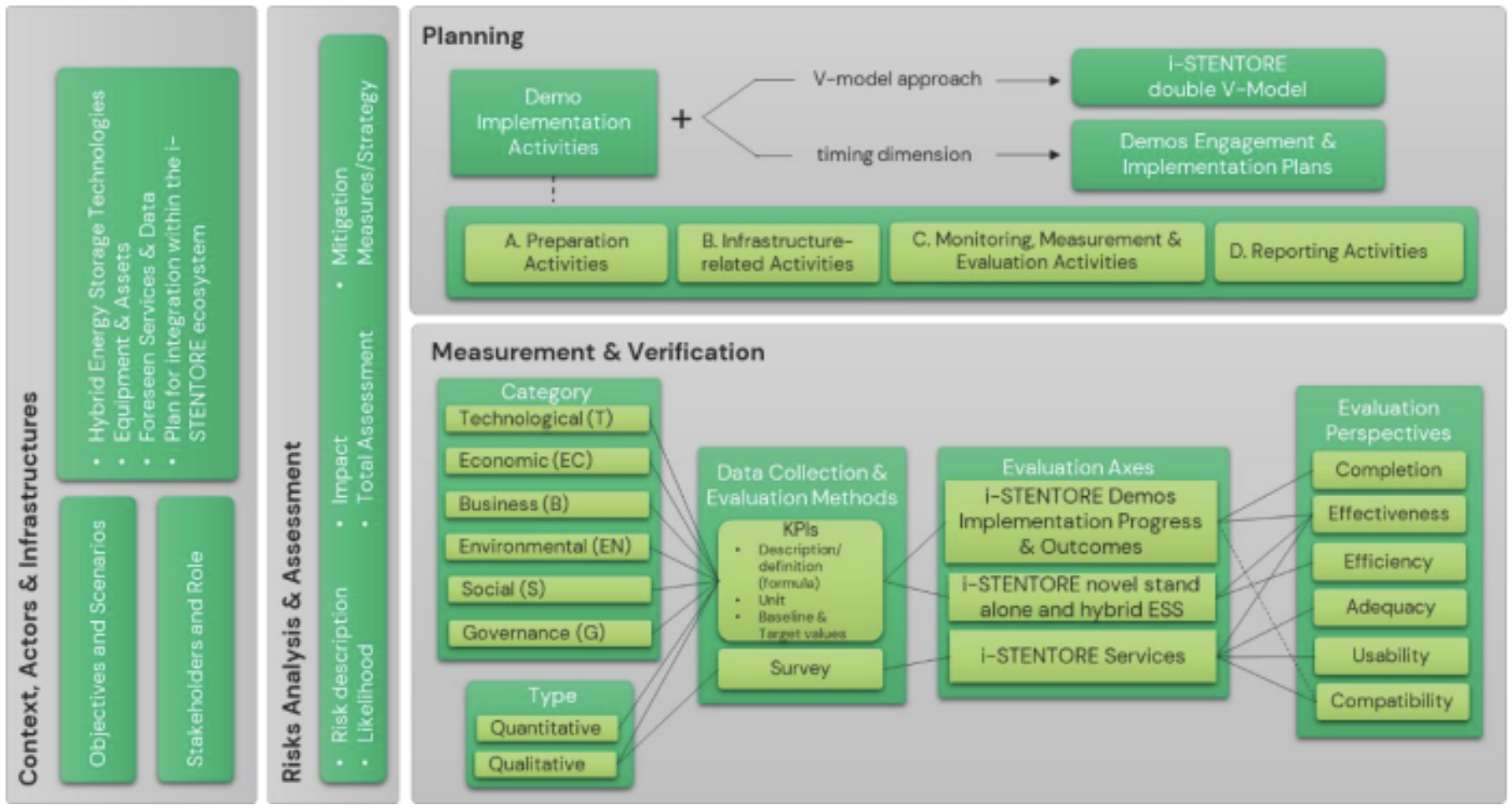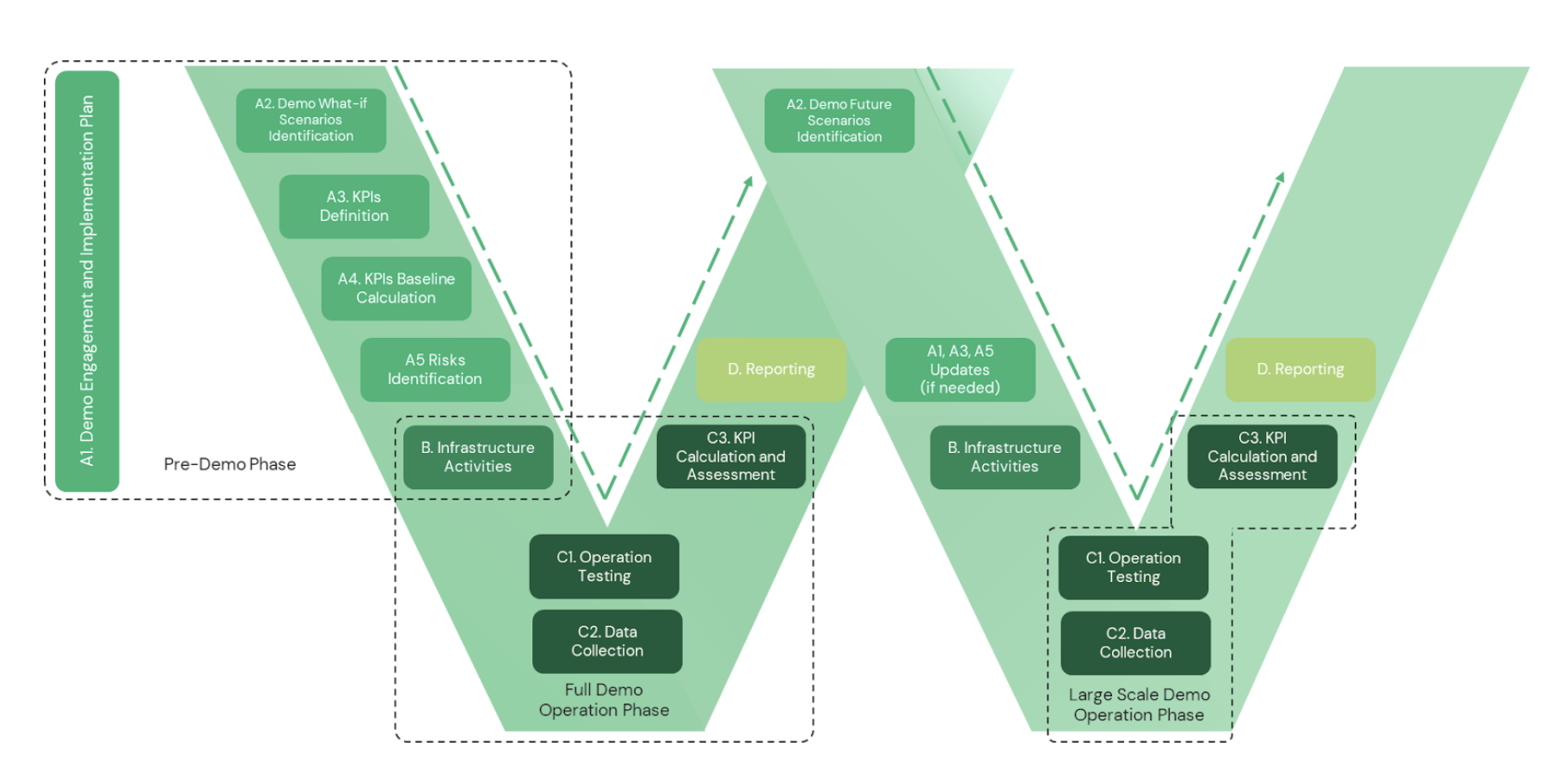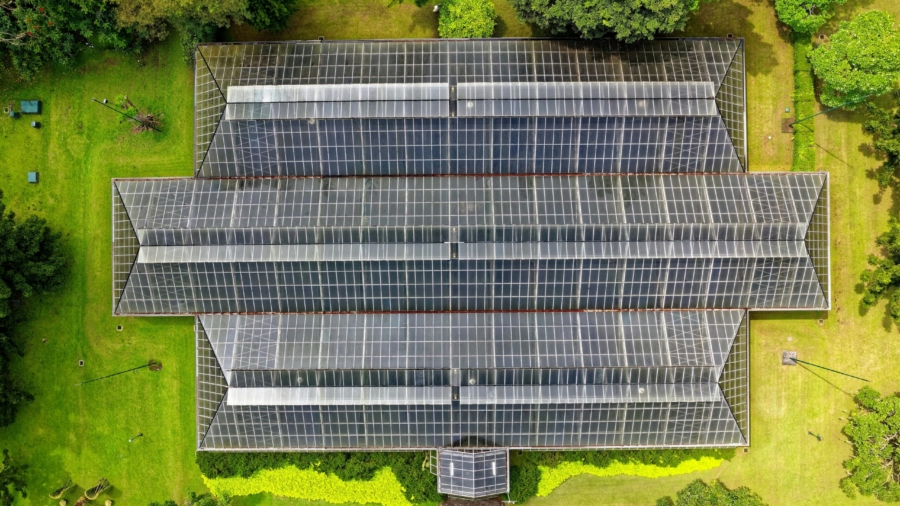Battery costs are falling. This is driven by and is increasing the growth of stationary batteries, whether stand-alone or linked to sustainable generation on a very small scale, such as a balcony power plant, or on a MW grid scale. While electrification focuses on the need for heating or cooling, mobility, and lighting, the primary function of a battery system is to store electricity: to charge and discharge when needed. It is automated and responsive to price differences and other local and remote signals.
Regulations promoting market access must evolve to ensure that batteries can be used optimally for both its owners and the system – whether installed at home, combined on-site with renewable energy generation, stand-alone or mobile in a vehicle. Vehicle-to-grid (V2G) can rapidly make a lot of storage capacity available on a distributed scale: an EV battery can easily cover several days of domestic electricity consumption. This makes EV batteries an important grid resource that can displace storage and generators as assets needed for the operation of the power system. The question for policymakers and regulators should therefore not be when and to what extent batteries will change the energy system, but rather: how can this transformation be achieved in a societally beneficial manner?
Grid-friendly network tariffs in France
Some countries treat battery storage systems preferentially through reduced grid connection charges or priority on the waiting list for projects to be connected to the grid. The rationale is that they are considered a technology that contributes to reducing local network congestion. In France as part of the 2025–28 tariff regulation period (TURPE7), the French energy regulator, CRE (Commission de Régulation de l’Énergie), has introduced optional countercyclical grid fees for battery storage systems. Countercyclical means that negative prices in the network tariff reward ‘grid-friendly’ behaviour: discharging during the winter morning and evening demand peaks in areas defined as demand zones. Conversely, battery systems installed in solar injection zones are rewarded for charging during peak injection times (midday in summer). All battery storage systems connected at high voltage (HV) or medium voltage (MV) in these zones are eligible for this tariff.
This optional network tariff for battery storage systems, which is not yet available for mixed sites and/or other technologies and will be applicable from August 2026, has also helped introduce an equivalent countercyclical distribution network tariff for V2G as part of a ’regulatory sandbox’ pilot project in France. The idea in this regulatory trial is to minimise grid costs for storage owners, as the costs of charging for later discharge can be partially or fully netted out. At the same time, participating vehicles are charged and discharged in a way that improves the use of the local grid.
Germany updates administrative rules to allow behind-the-meter batteries, including V2G, to charge and discharge on-site solar and grid electricity
In Germany, the energy regulator (Bundesnetzagentur) has proposed a plan to integrate residential energy storage and bidirectional EV charging more effectively to the energy system. Currently, the PV renumeration scheme and associated regulations pose an obstacle to storing both locally generated energy and grid electricity for later use, including feed-in back to the grid. The ‘MiSpeL’ proposal – now open for consultation – provides pathways for the administrative separation of the two types of electricity sources (on-site renewable and grid-supplied electricity) , ensuring that home batteries and V2G-equipped cars can use both types and can be effectively integrated into the energy market. Without these administrative improvements, the residential batteries would only be used for optimisation behind the meter. While this provides direct benefits to users in many cases, the ability to charge from and discharge to the grid extends these benefits to the system as a whole.
European regulatory changes are needed to improve metering V2G benefits
A much-needed European regulatory step for further cost reduction and making benefits available to all consumers is the European harmonisation of metering, in particular the ability to use a dedicated, standardised meter in combination with the V2G charging point (or home battery). Simple yet effective measurement arrangements that combine device meter readings with grid meter readings enable many use cases of bidirectional charging. Member States should allow sub-metering using device-level measurements. The updated Measuring Instrument Directive will cover EV charging points, aligning with the Electricity Market Directive and proposed EU network code on demand response, which allow for dedicated measurement devices to be used for this purpose. This allows the flows in and out of the EV battery and the grid to be separated, so that taxes on stored energy can be netted, and flexibility provision can be accurately measured. It also improves transparency regarding the use and origin of renewable electricity, whether generated on-site or supplied via the grid. This, in turn, will boost the uptake of further renewables by promoting business models that match renewables with demand response. Device-level metering and energy contracts simplify company car home charging and participation in energy communities. It also facilitates the creation of virtual balancing networks which make aggregation in energy markets and providing flexibility easier.
Conclusions
Above we discussed three examples of removing regulatory barriers to V2G: first, reforming network tariffs, second, simplifying rules on how renewable support schemes and storage can work alongside each other, and third, improving metering. These changes are already underway in different Member States and at the European level but need further action to help V2G to develop at scale. To help batteries unfold their full potential for the system, Member States should combine these steps with removing other barriers such as minimum capacity and bidding windows, which will allow (aggregated) battery capacity to participate in local flexibility markets, ancillary services and energy trading. In particular, batteries that are “already there” for other reasons (e.g., mobility, or grid alleviation) can contribute to a cleaner and cheaper energy system.
Overall, V2G policy is building in different European Member States and, if policy makers support it with the right choices, will develop into a European policy framework. It is not surprising that the first bundled V2G home charging propositions are emerging in countries that are also home to large car manufacturers. It is important to get the technical operation and user experience smooth from the outset. To unlock the beneficial potential of V2G, Member State action to remove barriers and simplify rules is needed. The examples of France and Germany show how national action can work. It should not, however, stop there.
Author(s): Jaap Burger, Julia Hildermeier - Regulatory Assistance Project (RAP)
Share now!

